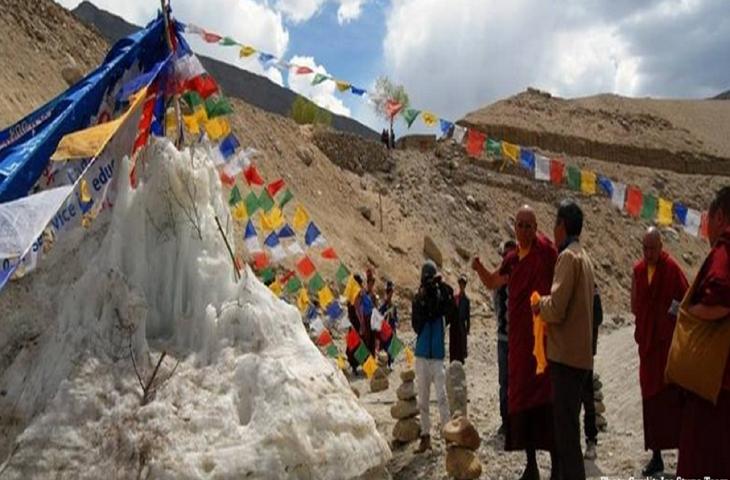MILAN –The inhabitants of villages in the desert regions of Ladakh, between the mountain ranges of Karakorum and the Himalayas, live mainly from agriculture and cultivate barley, grain, fruit and vegetables. In the past few years, the harvests have been reduced due to the lack of water in spring; a crucial time for planting. An idea conceived by several talented Indian engineers may solve, or at least alleviate the water stress.
An artificial glacier to combat climate change
Sonam Wangchuk and a team of volunteers have constructed an enormous block of ice at Phyang, nine miles from Leh, the capital of Ladakh. The hope is that with the arrival of the hot weather, the artificial glacier will melt and provide the farmers with the water necessary for their survival. The solution will not halt the melting of the natural glaciers, but could help people adapt to the changes in the climate which are developing.
Future objectives
According to those who conceived of this idea, these ice pyramids can store up to 150 thousand litres of water and be constructed anywhere in the region. The ice pyramid has been christened “ice stupa”, because its shape is reminiscent of a ‘stupa’, or Buddhist monument. In the next few years, Wangchuk’s aim is to construct between 80 and 90 stupa in the village of Phyang, capable of storing a billion litres of water, enough to irrigate 600 hectares of desert.











